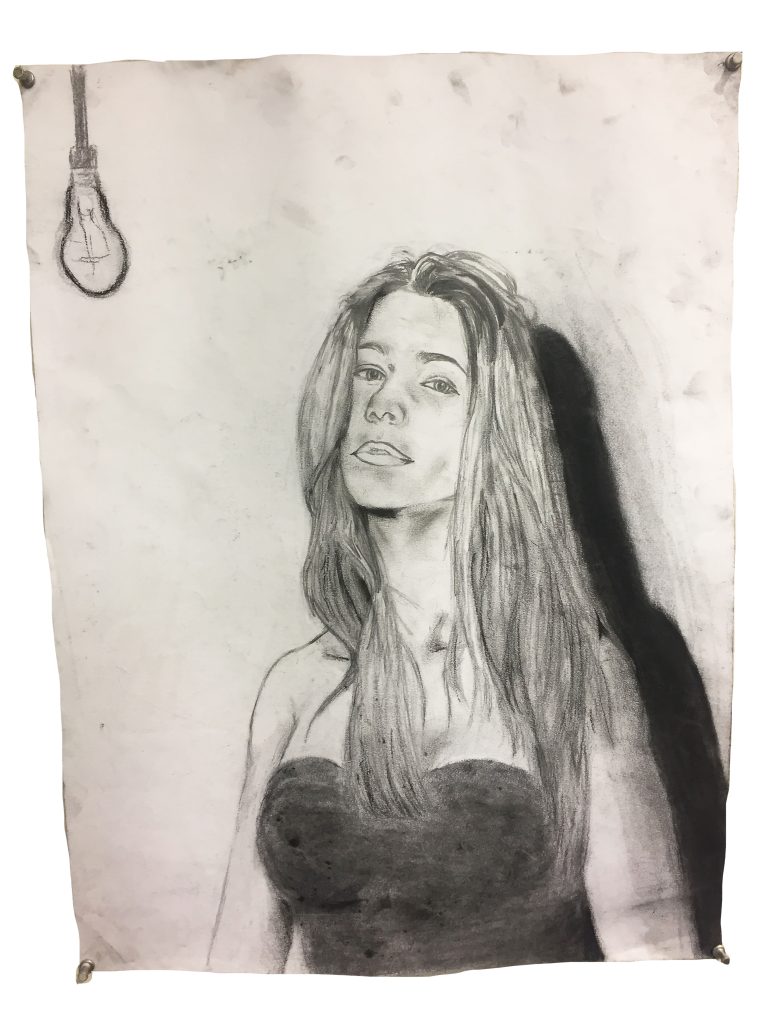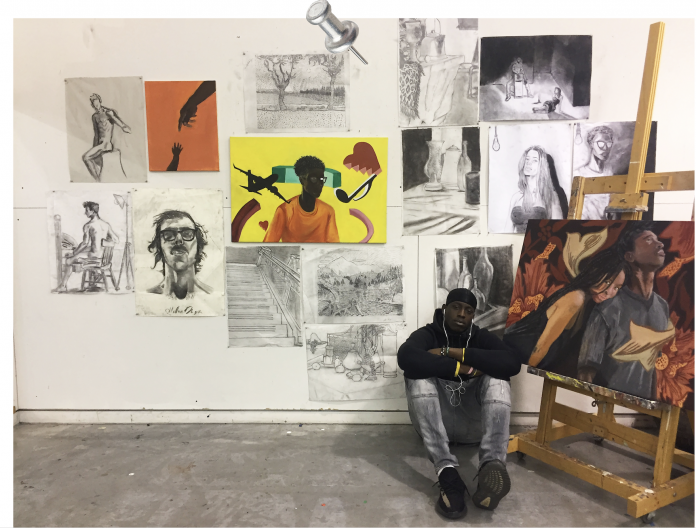
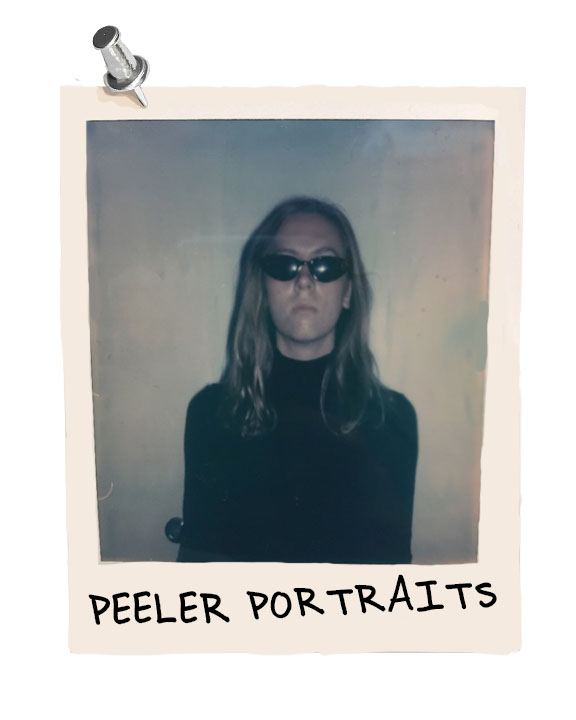
Wow, another week has flown by in Peeler! I guess that’s what happens when you are a busy little artist. Anywho, for anyone who read my column last week, you already know the rundown of what Peeler Portraits is. But for any new readers, this weekly column is your inside look at Peeler, the art that covers its white studio walls and the artists behind it!
This week, we are going to meet another painter, Mattar Diagne. While I had never actually met Mattar prior to this interview, his reputation in Peeler is one that proceeds him. One fun fact about Mattar is that he doesn’t limit himself to what he can make visually— his art can also be found on Soundcloud. His song, “Yes Indeed,” has been played over 23 thousand times!
As for his 2D medium of painting and drawing, Mattar’s first formal art class wasn’t until college. Mattar showed me pictures of some of his first pieces from DePauw, and other than the name signed in the corner, the pieces have no resemblance to his newer pieces.
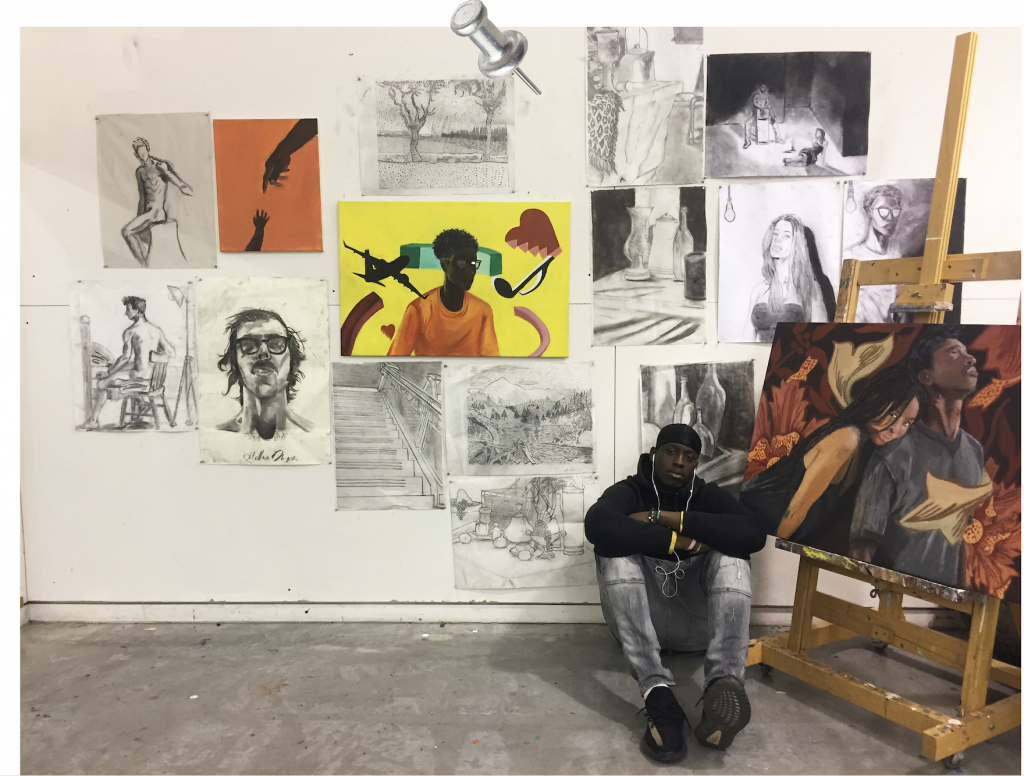
JF: How did you first get into art?
MD: Being around art is natural because I’m from Harlem, New York, and there is art everywhere. When I was in elementary school, we were given an assignment to draw what we wanted to be when we grew up, and I drew myself as a rockstar. I was always an anime-head when I was young. I used to always imitate these artists and tried to really implement my own type of design. I like to mix real realistic people with an animation at the same time. I started painting my freshman year of college. I never painted in my life. I never had art classes. They were offered, but I never took them because I was so rebellious. I drew all the time on my own. I used it as an outlet because I always used to get in fights when I was young. [I] just needed something to let go of that oppression and anxiety that a lot of people from my community didn’t get to express.
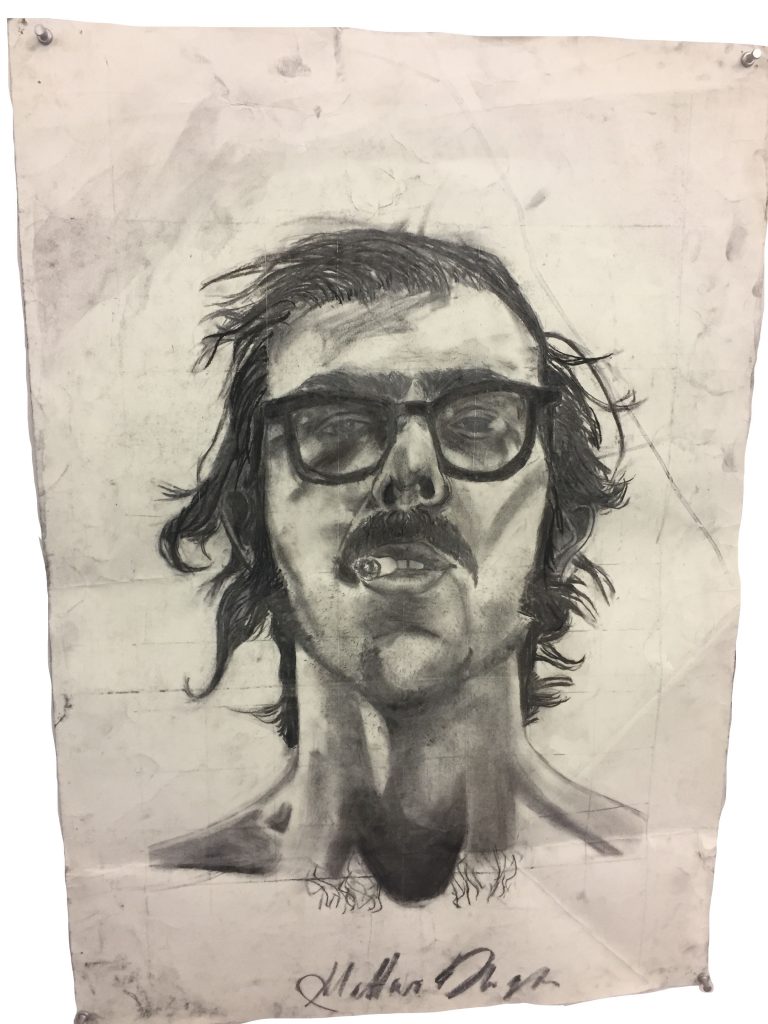
JF: How did you get into painting?
MD: I love John Berry. That guy is the guy-ser. He managed to implement something that was enjoyable and relatable to me. He is the one who saw the potential in me. If you had seen my first painting, you would not even know that it was me. This painting was inspired by Kehinde Wiley, a new contemporary artist who is a big deal right now. Basically, what he does is take regular people of color off the streets, in the hood, in the ghetto, and he paints them in a way that gives them a godly-type personna. What he realized is that a lot of the art in museums does not incorporate afro-centricity of society today. He shows the beauty, strength, and love within the black community. This is a way to give power to the people in the black community. Painting is hard. To get the colors right. I had to take my time. Berry had to help me.
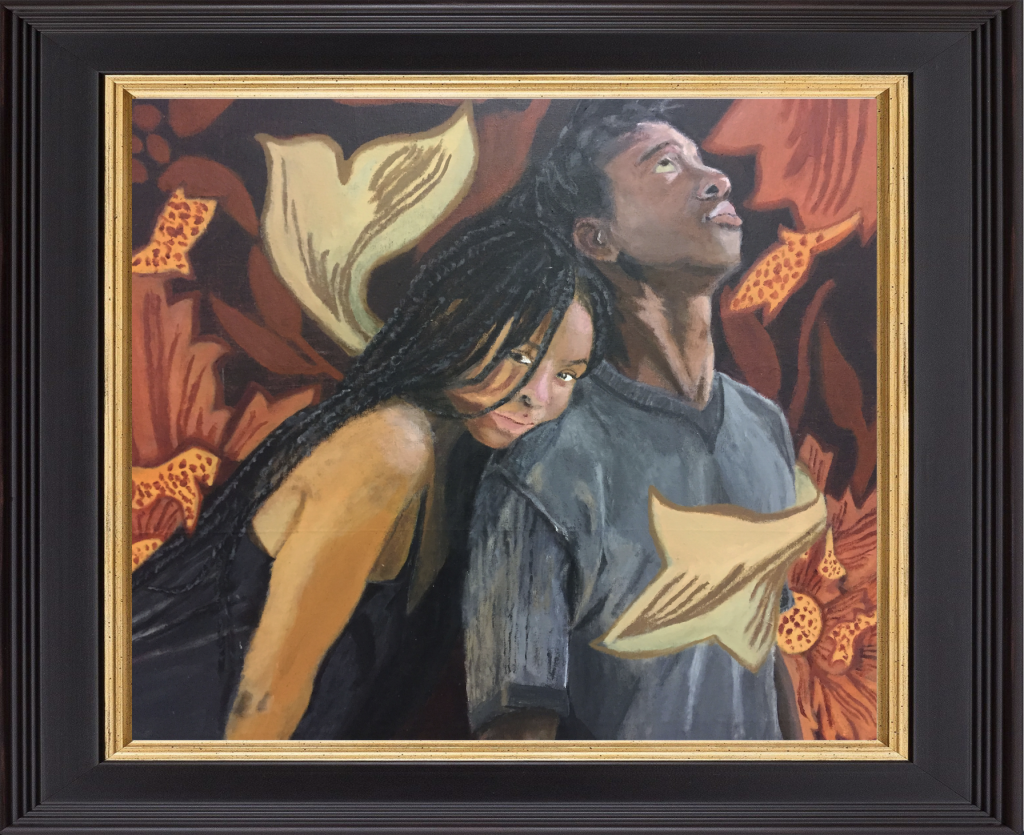
JF: What would your dream exhibit look like?
MD: I feel like for me, to have a perfect exhibit, I would just want to be in the studio. For people to show up and have their own canvases and sketch books. Art should be unorthodox because that is how you nurture creativity. I want others to feel inspired to create more art. When people look at it, yes, sometimes you will find deep meanings. I feel like it is my mission to unite the differences within that community alone. It is hard to create change.
